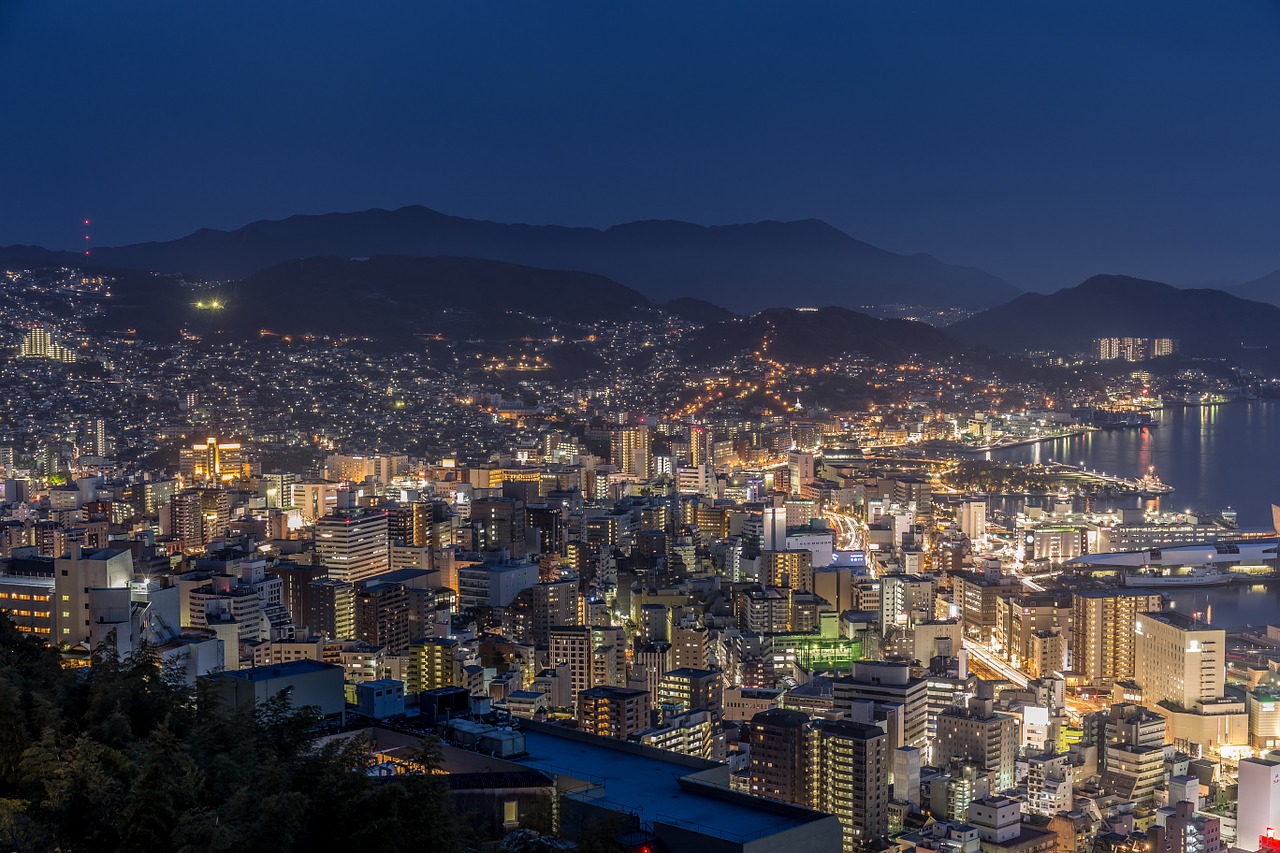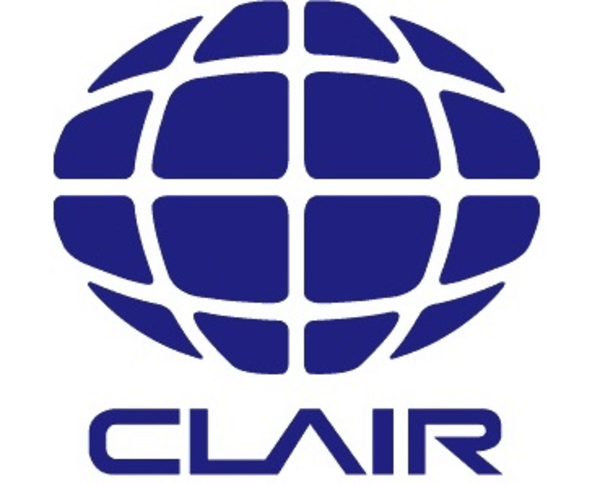City
Nagasaki
Main actors
City Government, Public Utility
Project area
Whole City/Administrative Region
Duration
Ongoing since 2013
A view that conveys the history and culture of Nagasaki City.
The city of Nagasaki, owing to its position in the centre of a harbour, its basin terrain, and the high density of its town area, has a three-dimensional nightscape.
To further increase the appeal of this night view, the main tourist facilities have been illuminated, main roads fitted with sodium vapour street lights, and viewpoints from parks and other public spaces have been redeveloped.
In 2013, in an effort to re-activate the city area and increase tourism, a study group was convened to consider appropriate development of the Nagasaki night view and develop measures that should be taken by the city government. Their findings were published in a report in December 2014
Issues and future initiatives were explored under four themes:
- quality of the night view
- development of viewing points
- menu for viewing pleasure
- public relations and visitor attraction
Additionally, in May 2017, the Nagasaki City government formulated the General Plan for the Improvement of the Night View of Nagasaki’s Harbour.
The plan involved creating close range and middle-distance night views that reflect the town’s character in points and lines that can be enjoyed while walking around. An additional emphasis was placed on improving long-distance views to create an enchanting aspect of the town’s personality. In regard to creating close range and middle-distance night views, ten areas where tourist facilities are concentrated were designated as important areas for night view improvements. Work is to be carried out on light installations at landmarks and axis lines. In regard to improving long distance views, light installations on sloped land has been commissioned to make the coastline more visible.
The aim of the project is to have the best city night view in the world by creating a nightscape that conveys a sense of Nagasaki’s history and culture and shines a spotlight on the lcoal scenery that is loved by citizens.
The General Plan for the Improvement of the Night View of Nagasaki’s Harbour established three concepts on how to present the character of the city and seven fundamental items for consideration of how to improve the night view as part of its aim of making it the best nightscape in the world.
Concept 1 - Shining lights streaming into the harbour:
The town area is in a basin that faces out towards the sea, and by climbing up a small hill, you can look out on the townscape connected to the harbour below. The geographical features mean that Nagasaki is blessed with many good viewing spots where you can overlook distant scenery, with sloping hills creating wide open views, which is a substantial advantage for scenery.
Concept 2 - a city of more than one culture:
The culture of Nagasaki is derived from a wide variety of ideas that were introduced first from Asia and the West, with Japanese culture (Wa in Chinese characters), Chinese culture (Ka) and Western culture (Ran) coming together to form what is called a “Wakaran” culture that is unique in Japan.
Concept 3 - lights that invite prayer
The city of Nagasaki has a long history associated with prayer. This includes the secret practiced faith of early Christians in Japan, the zeal of citizens who take part in the grand autumn festival, “Nagasaki Kunchi,” and the prayers for peace in remembrance of the atomic bomb. You can come across various sentiments of prayer that connect Nagasaki’s past to its present. The illuminations in Nagasaki need lights that inadvertently make you think about its history for a moment, and make you remember the feeling of prayer.
Seven items for consideration for lighting in Nagasaki
- comfortable shade: create comfort through strategic lighting
- suitable colour temperature contrasts: closely fitting in with the city’s character
- glare filters: create scenery that is easy on the eye
- vertical plane brightness: create an impression on the townscape
- consideration of colour: to show the rich appearance of the town.
- highly efficient lighting equipment: light in an ecological and economical way
- operation: convey the time and season
Guidelines for improving the night scenery
(1) Improving the long-distance night view
- Work on light installations for the city areas on sloping ground.
- Work on road lighting and lights for crime prevention on the sloped town areas which have become a major component of the Nagasaki night view.
- Make the coastline more apparent by illuminating bridges and the trees and plants of the coastline to create beautiful background reflections
(2) Creating close range and middle-distance night views
- Establishment of seven principles for lighting for each area including the direction of flow for the whole area
- Work on light installations for landmarks to create focus points
- Work on light installations to establish major axis lines that connect areas and landmarks and tourist facilities within those areas
The project is a collaborative initiative of the Tourism and Culture Department, the Tourism Policy Division, the Urban Development Department and the Landscape Promotion Office of the Nagasaki City Government.
Number of tourists visiting Nagasaki:
2003: approximately 5,040,000
2017: approximately 7,080,000
Number of ropeway users (nightscape viewpoint):
2003: approximately 60,000
2017: approximately 200,000
As there was no precedent in Japan for work on an entire area’s night scenery, a wide range of opinions were solicited, which included commissioning the cooperation of an accomplished lighting design company, as well as interacting with citizens and businesses and hosting workshops and symposiums.
In regard to the quality of the night view, there was issues such as the overall amount of light decreasing, due to the increase of vacant houses and unoccupied land, landmarks being hard to see, and the charm of a port city not being fully capitalised. These issues were considered in order to increase the appeal.
- A general plan for the night scenery was formulated, and work was carried out for the whole area for close range, middle distance and long-distance points of view.
- Close range and middle-distance night views that reflect the town’s character in “points and lines” were created to be enjoyed while on the move
- Long distance views were improved to show the town’s enchanting character
External links / documents
On Map
The Map will be displayed after accepting cookie policy

